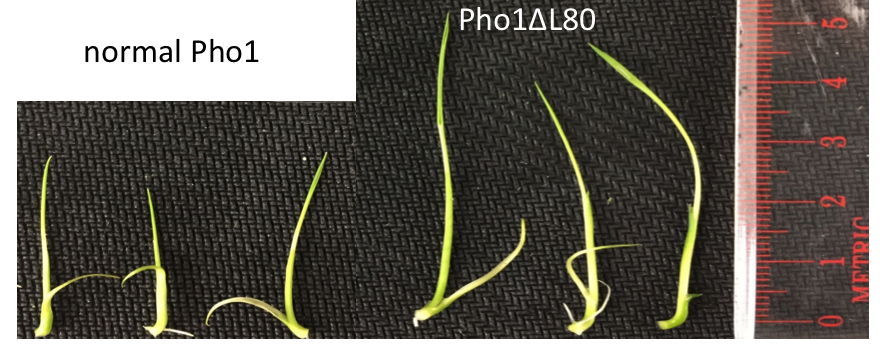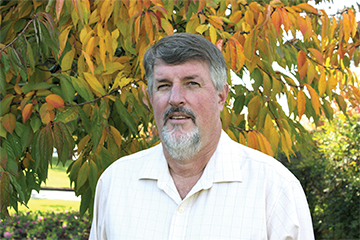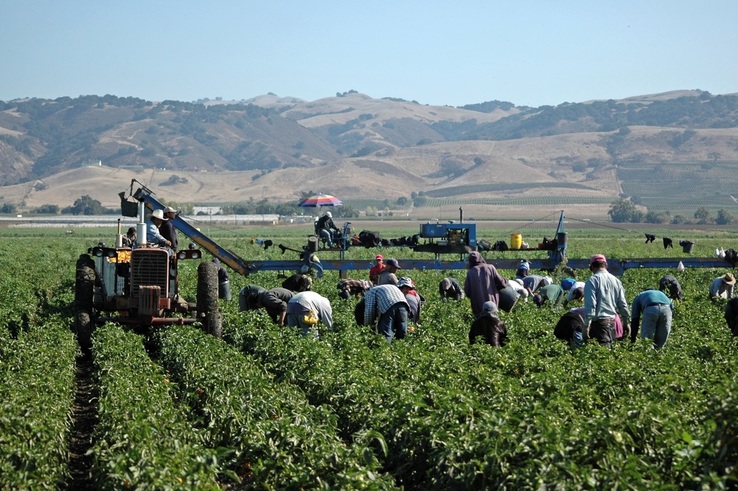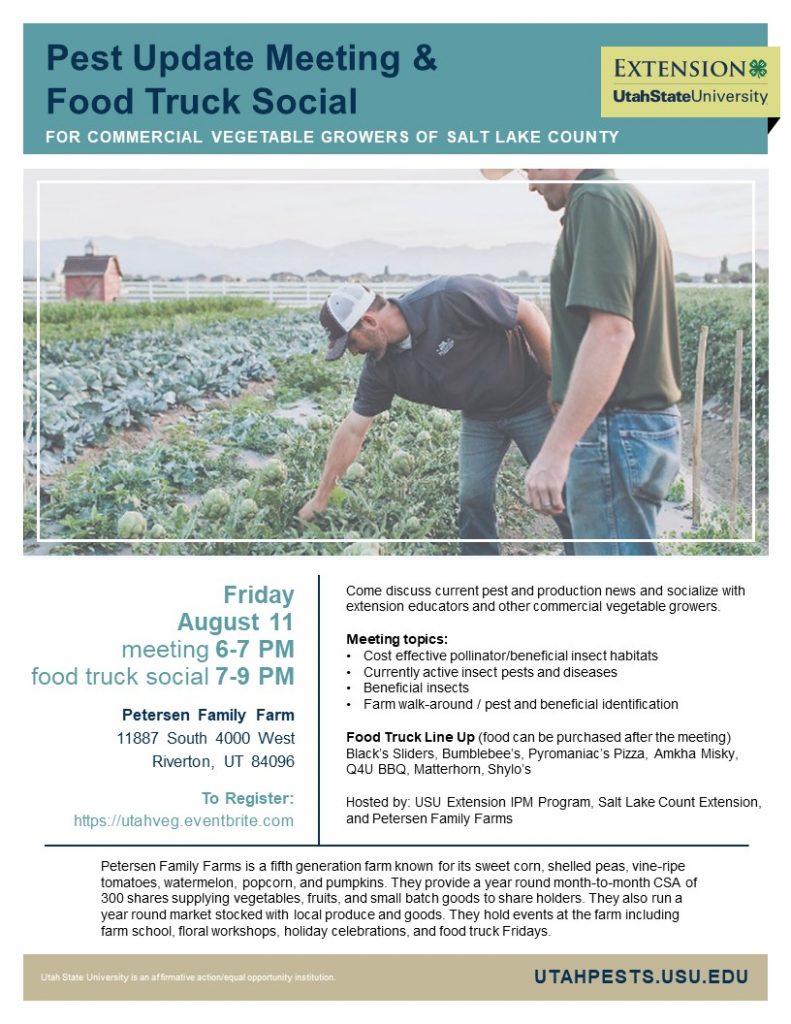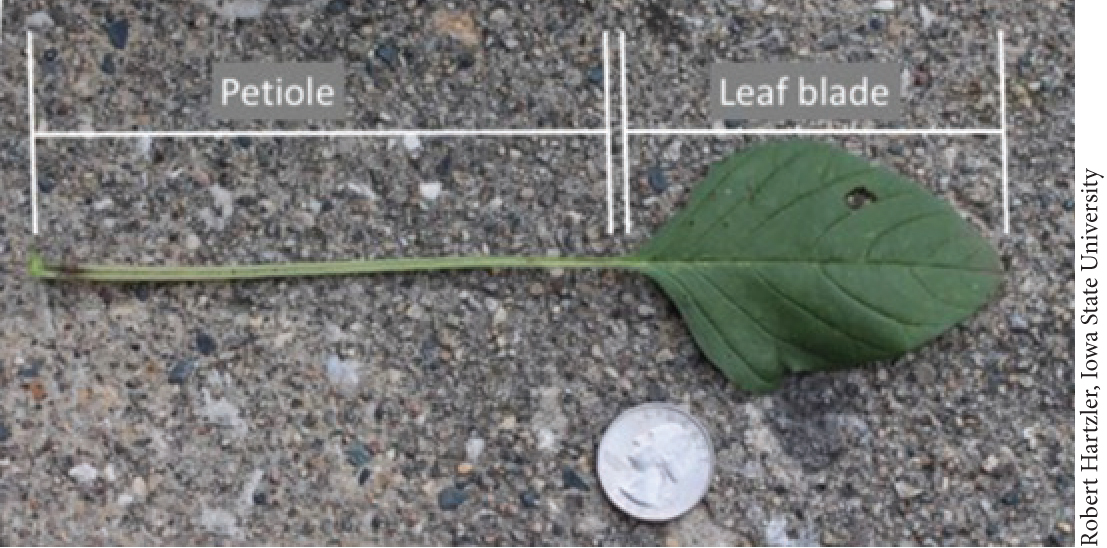By Noel Garcia, Technical Director, TPS Lab
Larry Zibilske, Vice President of Research, TPS Lab
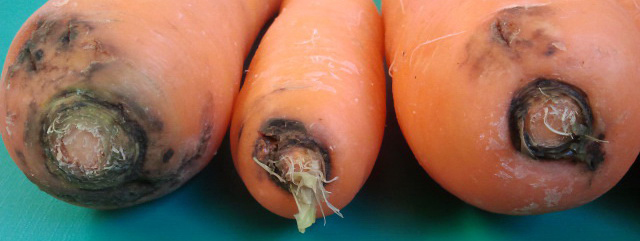
A few years ago, we were contacted by a grower in Ireland. One of his concerns was that his carrot crop had really bushy 2-foot tops. We immediately jumped to the conclusion that he had applied too much nitrogen, and he agreed that he had applied considerable nitrogen – but months previous. Additionally, he had serious disease problems, especially crown rot. But excess nitrogen could explain that, as well. Most, if not nearly all, plant diseases are only symptoms of nutritional problems.
He told us that he previously had an expert in from the Netherlands and one from Spain, both of whom left baffled without providing any substantive answers. But we were also a little baffled, as even a non-expert would have reasonably concluded that excessive nitrogen was the probable cause of disease and excessive vegetative growth.
Why Was Everyone Baffled?
The grower sent us some whole samples for sap and tissue analysis, and to our astonishment, the sap contained virtually no nitrogen – or much of anything else. At that moment, we realized that we were faced with an “interesting” case.
We had already expected and then confirmed that his Irish soil was high in organic matter with a strong ability to hold nutrients, especially boron. Additionally, he told us about his fertilization program, which while a little lacking and ill-timed, was nonetheless conventional for the area.
After several weeks of back-and-forth communications, he finally told us that his part of Ireland had experienced – and was experiencing – very wet, cloudy and cool weather. In fact, he recalled only seven days of sunshine over about three months. So, while he had applied a lot of nitrogen several months earlier, it, along with other nutrients, even boron, had been flushed out of the soil by all the rain.
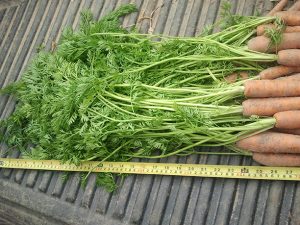
But Why the Huge Tops?
The plants were trying to maintain some overall level of photosynthesis. In low light, this requires a larger surface area of foliage. And more foliage growth requires more nitrogen. So, his nitrogen had been depleted in two ways: loss due to leaching and extraordinary foliage growth. Additionally, he had planted at a very high population rate, and so his plants were naturally etiolated. Oddly, however, the tops were green, although a bit floppy.
It was already well into the season when he contacted us, so after determining the cause of his initial complaint, the next priority was to eliminate the disease and build up the nutritional value of his crop to meet European Union standards. The major issue was imbalanced nutrition, especially in the micronutrients. This imbalance was also causing improper hormone production of auxins and gibberellin, leading to excessive tops.
All plants require balanced nutrition to be healthy, especially the micronutrients, the combination and amounts of which are unique to the crop and its stage of growth. They are key nutrient hormone co-factors that provide proper nutrition and hormone balance for optimum development and enhanced production. Zinc, copper, iron, manganese, boron, molybdenum and silicon all play vital roles in carrot health.
The many dark days were not only causing excessive vegetative growth but also the nutritional problems, together with unusually wet conditions and cool soil, combined with a very high plant population resulted in extreme plant stress, making his crop ideal for highly successful disease encroachment.
And he had secondary nutrient deficiencies, as well. His local lab told him that he had plenty of soil calcium and magnesium. Yet, sap analysis revealed that his carrots had very little of these, which explained the floppy tops and much of the disease problems – both due to low rigidity and strength of the cell walls.
Why the Misleading Lab Results?
Many soils, especially high pH, calcareous ones contain very much more plant-unavailable (water or carbonic acid insoluble) nutrient compounds than they do available ones.
The grower’s lab probably used the Mehlich III strong-acid extraction method, which is the standard method used by many labs around the world. A strong-acid extraction reports nutrient compounds which are not plant-available, as well as those that are. These extractions can’t discern the proportions of each. This explains why nearly all soil labs are regional and plant-availability must be estimated based on the lab’s experience in the area. His local lab was overly optimistic.
Our recommendations are based on generic compounds or elements, and we rely upon local crop advisors to specify the products and oversee the implementation. In this case, we recommended amounts of actual calcium, magnesium and boron together with other nutrients. Our client faithfully followed our recommendations by foliarly applying these nutrients periodically, yet his plants remained very deficient in at least calcium and magnesium for the rest of the season.
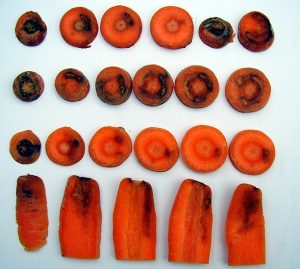
What Was Wrong?
It wasn’t until the next year, after many conversations, that it emerged that his crew had been mixing calcium in the form of calcium chloride (CaCl2) and magnesium in the form of magnesium sulfate (MgSO4) in the spray tank and trying to apply them in one pass. This resulted in calcium sulfate (CaSO4), which is pretty insoluble with little plant-availability. In fact, much of it precipitated in the tank, but the operators wouldn’t have noticed, due to the continuous agitation. It was something that an experienced crop advisor wouldn’t have done.
Once his nutritional program was adjusted and he started applying calcium and magnesium separately, the crop’s natural hormone production became balanced, leading to a successful harvest. Balancing also included increasing zinc, boron, silicon and calcium for better cell structure, thereby preventing crown rot and other diseases, plus magnesium to stimulate photosynthesis and to keep top growth to a minimum – all part of a custom-designed very intensive remedial carrot crop nutrition program.
He was able to profitably market his crop.
Lessons of This Case
Comprehensive plant sap testing is the essential tool for identifying nutritional problems and maximizing crop performance. All the nutrients needed by the crop must be included in the analysis, together with accurate standards for judging plant nutrient adequacy and subsequent recommendations.
Solutions to serious problems can’t be discerned by laboratory analysis alone. Field experience and knowledge are essential and detective-work is often required. Solutions require a holistic approach and an overall view of crop dynamics and circumstances, taking all the factors into consideration.
Also, providing lab consultants with all the details up front can save time.
Don’t mix stuff together and hope it works. Always jar test first. Gel or precipitate spell grief in the spray tank and screens. It’s a lot easier to wash out the jar. And precipitates or gels that do pass through the screens do the crop little good.
Solutions to successful crop production, especially under difficult conditions, require your lab’s consultants to have advanced knowledge beyond soil chemistry and basic plant nutrition, as well as up-to-date plant nutrition standards.
We, along with most labs, make recommendations based on generic compounds (as sulfates, etc.) or as actual elements (nitrogen, magnesium, zinc, etc.), as we do not know what products may be available to the client. However, newer products, especially nitrogen-based and the chelates, may be much more effective. Your consultant should have good knowledge of these products and should be able to translate generic recommendations into product-specific ones.
Many current products are slow-release. If sap tests show that your crop is seriously deficient and needs an immediate infusion of nutrients, slow-release products will not be sufficient. Typically, foliarly-applied sulfates are most rapidly absorbed by the crop, although there are exceptions.
Remember that the point of sap tests is to enable you to fix your crop’s nutritional requirements seven to 21 days before quality and yield are impacted for the season. Growers are often fighting the weather, and it takes time to obtain and apply nutrients. So short report turn-around times are very important.
And biological inoculants, organic acids and hormones are crucial and real game-changers in transforming a problematic crop into a profitable one.
